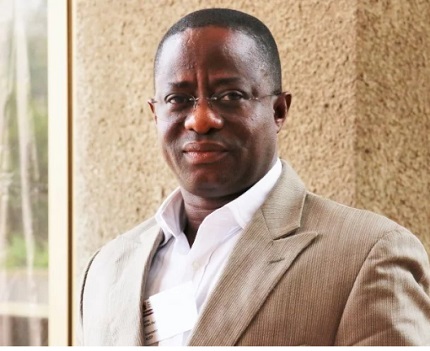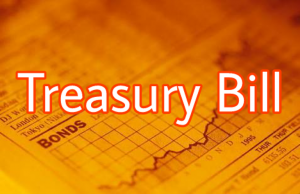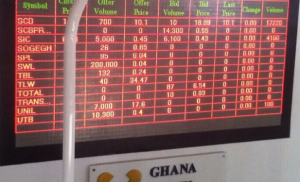The government has had to cough up over GH¢2 billion since the beginning of the year as a result of the various agreements with the country’s independent power producers signed between 2014 and 2016.
The bills are beginning to take a toll on government expenditure, as the government had to paid US$400 million in the first half of the year to keep the lights on, government sources have told Daily Graphic.
The amount, which is more than what the government spends yearly on its flagship programme, the free senior high school programme, has been attributed to the numerous power purchase agreements which has led to overcapacity payments.
Challenges
This is one of the many challenges confronting the government as it seeks to create fiscal space to enable it to embark on its planned social interventions programmes.
“What even makes it worse is the “take or pay” agreement which enjoins the country to pay for power produced, whether used or not,” one source said.
This is one of the challenges that is expected to be at the fore of discussions as the Minister of Finance, Mr Ken Ofori-Atta, presents the mid-year bidget review in Parliament on Monday, July 29, 2019
Although data on the execution of the budget in the first half of the year is yet to be released, provisional figures from the Ministry of Finance showed that revenues fell short of target by 17.54 per cent in the first quarter compared to expenditure which was below budget target by 4.21 per cent in the same period.
This resulted in a budget deficit of 1.6 per cent of gross domestic product (GDP), above the period’s target of 1.4 per cent of GDP.
The Minister of Energy, Mr Peter Amewu, in March this year told Parliament that the country “pays US$25 million monthly for unused power,” as existing Power Purchase Agreements (PPA) enjoined the state to pay for all megawatts produced whether they were consumed or not.
Cost reduction
To reduce dependence on liquid fuels and their attendant costs, the Offshore Cape Three Points (OCTP) Sankofa project was developed to utilise gas for power generation as a cheaper and cleaner substitute for liquid fuels.
The OCTP Sankofa gas is ready, but the facilities to off-take the gas are not and this has led to the payment of US$28 million monthly to Eni Ghana.
OCTP, operated by Eni Ghana, commenced operations in mid-2018, and has an agreement to produce the lean gas for onward off-take by the Government of Ghana.
Unlike crude oil and liquefied petroleum gas (LPG), which are storable and could be transported to the international market, lean gas is not.
Therefore, in developing a natural gas field, the investors (OCTP Partners) had to be assured of a ready off-taker (Ghana), a ready market and guaranteed repayment.
Such infrastructure, per the industry standard, should have been ready and pre-commissioned one clear year before the completion of the development and production of the Sankofa field.
Volumes of gas
However, since the commencement of gas production at the Sankofa field, the country has not been able to take the volumes of gas delivered to the shore by the partners, triggering off the Take-or-Pay clause in the OCTP oil contract.
The investment of more than $7 billion into the development of OCTP, which is a heavy gas concentrated field project touted as a great relief for the country’s challenged power sector, was occasioned by Ghana.
When completed, the OCTP gas arrangement is expected to minimise onerous potential ‘take or pay’ obligations to the GNPC and the government and the OCTP agreement.
The movement of the 450MW Karpowership from Tema to Sekondi-Takoradi is also expected to lead to the avoidance of gas transportation cost of US$1,68/MMbtu, that is US$55 million per annum the country would have paid for the transportation of gas.
The power system of Ghana has an installed generation capacity of 4,775MW. Available generating capacity is 2,641 MV currently, with the maximum peak demand recorded so far in 2019 at around 2,600MW.
Source: Graphic.com.gh




